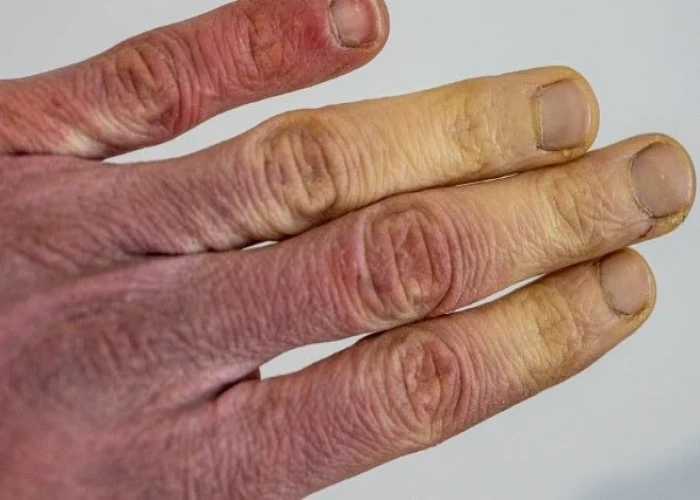 Welcome
Welcome
“May all be happy, may all be healed, may all be at peace and may no one ever suffer."
Finger - Diseases
The finger is one of the most important parts of the human body. It is a complex structure made up of bones, muscles, tendons, ligaments, nerves, and blood vessels that allow us to perform a wide range of tasks, from fine motor movements like writing and typing to more complex tasks like playing musical instruments or sports.
Each hand has five fingers, including the thumb, which is opposable and allows us to grasp and manipulate objects with precision. The fingers are numbered one through five, starting with the thumb.
The bones of the fingers are called phalanges and are connected by joints that allow for movement. The joints are held together by ligaments, which provide stability and prevent dislocation. Muscles and tendons in the hand and forearm control the movement of the fingers, allowing us to grip, pinch, and release objects.
The fingertips are highly sensitive and are covered in a layer of specialized skin called the fingertip pulp. This skin contains a high concentration of nerve endings, allowing us to detect fine textures and sensations.
Injuries to the fingers can be very common and can range from minor cuts and bruises to more serious injuries like fractures or amputation. In some cases, conditions like arthritis or carpal tunnel syndrome can cause pain and limited mobility in the fingers, affecting everyday activities and quality of life.
Overall, the fingers are an essential part of the human body that allow us to perform a wide range of tasks and interact with our environment in a meaningful way.

Salivary glands

Liver

Iris Eye

Veins

Pineal gland

Pelvic

Shoulder

Testes
Finger, Trigger finger, আঙুল
To be happy, beautiful, healthy, wealthy, hale and long-lived stay with DM3S.


